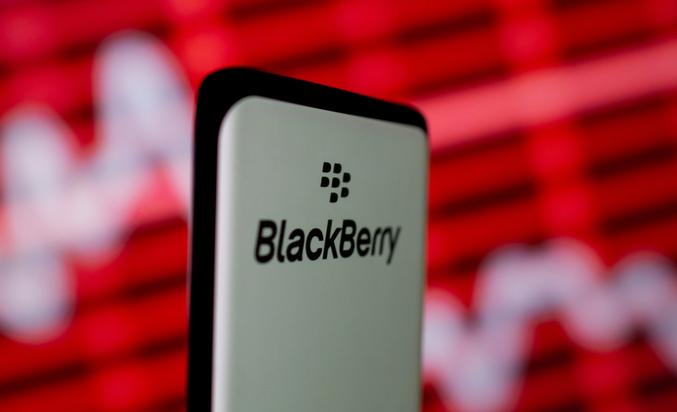
There is no irony lost in the fact that the very industry tasked with responding to an unprecedented healthcare crisis in 2020 most likely had the fewest channels available for rapid communication. It’s somewhat surprising considering the fact that the healthcare industry, at more than $3.6 trillion, is the largest in the US, accounting for 10% of GDP and employing more people than any other industry.
It also has some of the most cutting-edge technology when it comes to direct patient care. But when it comes to the other “patient care,” which is the preferred term used for customer service representatives, it is quite the opposite. Healthcare delivery organisations (HDOs) have long considered their patients’ first point of contact the most important one on their care journey, which was why having a real person answering calls and questions, scheduling appointments and helping with billing concerns was a great benefit—until it became cumbersome.
Over the years, the industry has struggled with a range of non-critical care related challenges, particularly the confusion that ensued with the implementation of the Affordable Care Act. But nothing can compare to the challenges presented by the pandemic, which placed many aspects of the healthcare industry under a microscope, including customer experience (CX).
As calls and questions began flooding healthcare providers and payers during the early weeks and months of 2020, many were still relying on
conventional communication approaches
that left them unprepared and overwhelmed—and consumers and patients frustrated.
According to a
report from Metrigy
, pre-COVID healthcare company spend on CX technologies was relatively low at 0.9% compared to the 1.7% average across all industries. Add to this the fact that about half of all patients were digital channels, but only 34.5% of interactions began this way.
The good news, however, is that the industry is slowly beginning to shift. Evidence can be seen with the vaccine rollout alone, where government agencies across the county started implementing Communications Platform-as-a-Service (CPaaS) solutions to help improve the consumer experience and streamline the scheduling process.
Leveraging artificial intelligence (AI), automation, machine learning and cloud technologies, CPaaS platforms offer a centralised communications management service encompassing voice, SMS, video, and multiple embedded APIs, including those related to authentication and payments. Some offer access to instant messaging services or online chat provided by third parties, like WhatsApp.
Mordor Intelligence reported that the global CPaaS market, which was valued at USD 4.54 billion in 2020, is
expected to hit USD 26.03 billion by 2026
, reflecting a CAGR of 34.3% during the forecast period between 2021-2026.
For HDOs, CPaaS solutions enable both technical and non-technical teams to use the platform to build differentiated customer experiences. Some can be tailored for 24/7/365 responsiveness while other can be implemented to free employees from daily time-consuming administrative tasks so that they can focus more on providing excellent patient care and support:

Appointment scheduling, reminders and follow-up
Prescription services
Medication and allergy information
Referrals
Patient surveys
Professional transcription and translation services
Self-service options for verifying insurance plan eligibility and benefits, as well as claims and billing
An independent third-party administrator (TPA) of self-funded employer medical plans, for example, sought to bring convenient, self-service automation capabilities to its high-touch support services. While the company was recognised for its superior customer service, where every caller is supported by a live representative, 75% of incoming calls were transactional in nature, with only 25% from consumers.
To augment its person-to-person customer service, the organisation
implemented a customised CPaaS solution
to offer clients, brokers, providers and plan members the ability to access information and complete common processes in every area of health benefits—round the clock.
In addition to voice-enabled call flows for inbound and outbound interactions and dashboards for actionable on-demand visibility into all customer interactions across channels, the platform included a wide range of integration and configuration support services as well as a drag-and-drop workflow builder that integrated with its existing system. This allowed customers to solve their own issues and escalate them to the best agent based on their location, the product they use or a specific issue.
With HIPPA compliance and patient data and privacy a major area of concern for HDOs implementing new technologies, it is important to note that some CPaaS platforms can actually add an extra level of security to communications through the use of two-factor authentication to prevent leaks of sensitive information.
Given the dramatic shift to digital in nearly every industry, securing data is critical, particularly as more and more interactions occur in cyberspace. CPaaS solutions can also provide invaluable analytics to improve patient engagement while driving productivity and ROI.
Today, HDOs are at a crossroad, with the need to continue providing home-based, outpatient, emergency and inpatient care, as well as other related services. Yet, with limited face-to-face interaction during the pandemic and likely into the foreseeable future, new ways to communicate will be essential not only for the HDOs but also consumers and patients.
CPaaS solutions are already providing remarkable benefits and proven outcomes in industries such as transportation, banking, retail and telecommunications. While the stakes in healthcare have always been high, there’s no better time than now to transition to a modern, multi-channel communication system capable of rapid response under any circumstance.
